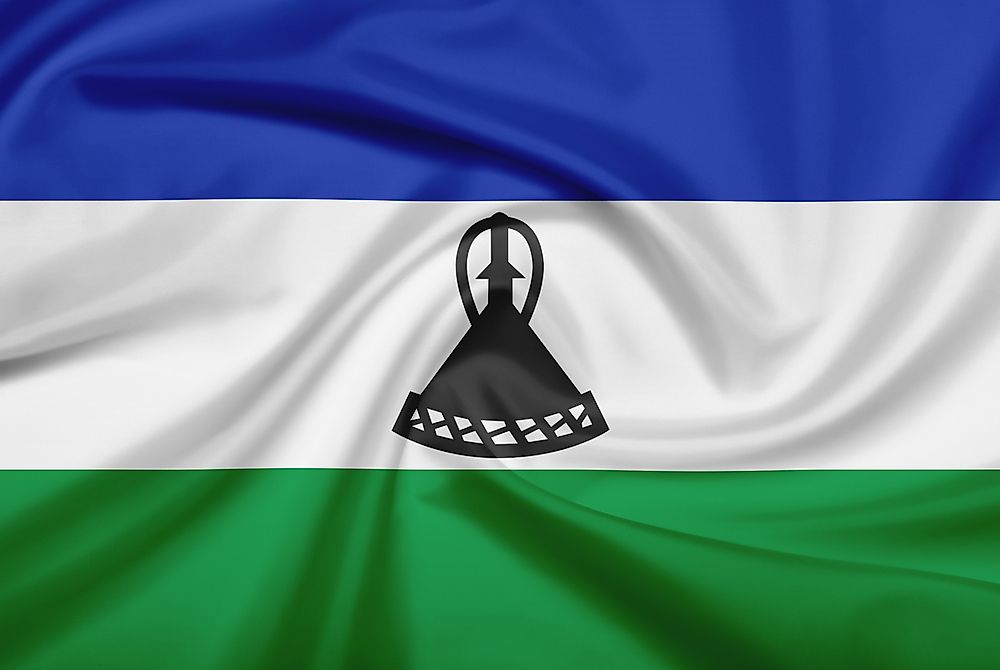What Type Of Government Does Lesotho Have?

Lesotho, officially known as the Kingdom of Lesotho, is one of the Southern African countries. It is encompassed by South Africa and has an area of approximately 11,583 square miles. Lesotho has a population of slightly over 2 million people. It attained independence from the UK on October 4, 1966, and changed the name from Basutoland to Lesotho immediately after independence. Lesotho means “Into the land of the Sesotho people.” The majority of the Lesotho people (40%) live below the poverty line with 25% infected with HIV. The country is also characterized by a high unemployment rate, economic collapse, and leadership challenges.
Politics Of Lesotho
Lesotho’s politics occur in the context of the parliamentary representative democratic constitutional monarchy with the government headed by the prime minister. The king is largely ceremonial and does not exercise any executive power and is prohibited from engaging in political activities. The government is divided into three arms including executive, legislative, and judiciary. The government exercises the executive powers while the legislative power is with the two chambers of parliament and the government. The Constitution of Lesotho provides for the independence of the judiciary and protects it from interference by the other two arms of government.
The Executive Branch Of The Government Of Lesotho
The government of Lesotho is a constitutional monarchy headed by the prime minister who has the executive authority and is also the head of government. The King of Lesotho is largely ceremonial and is prohibited from actively taking part in political activities. He no longer possesses executive authority and only acts as a living symbol of the national unity. According to the Constitution of Lesotho, the leader of the party with the majority members of the parliament automatically becomes the prime minister and head of government. The monarch is hereditary. The college of chiefs can determine who becomes next in line of succession, depose the monarch, and also determines who becomes a regent if the successor is not of a mature age to assume the office.
The Legislative Branch Of The Government Of Lesotho
The legislative power is exercised by the government and parliament which comprises of the lower and the upper houses known as the National Assembly and the Senate, respectively. The National Assembly has 120 members who serve for a period of five years. 80 members of the National Assembly are elected in single-seat constituencies while 40 are elected by proportional representations. The upper house or the Senate comprises of 33 members known as principal chiefs, 22 of whose membership is hereditary. The other 11 principal chiefs are appointed by the king in consultation with the prime minister.
The Judicial Branch Of The Government Of Lesotho
The Constitution of Lesotho recognizes the judiciary as independent of the executive and legislature. The judicial system of Lesotho is made up of the High Court, Court of Appeal, Magistrate Courts, and Customary courts which are common in rural areas. Judges make their ruling without the jury. The Court of Appeal is made up of the president and six other judges. The High Court of Lesotho hears and determines civil and criminal matters and is headed by the Chief Justice. The King, upon the advice of the prime minister, appoints the Chief Justice and several senior judges











